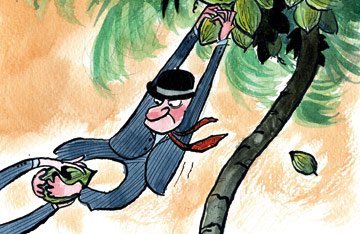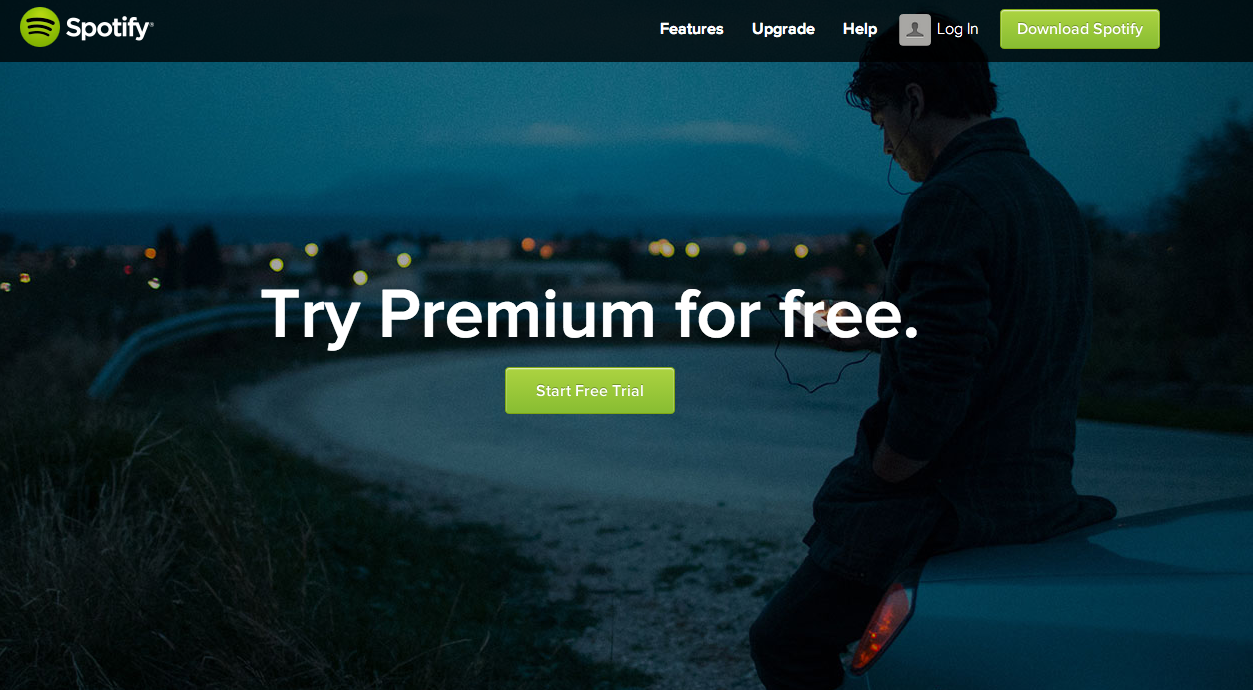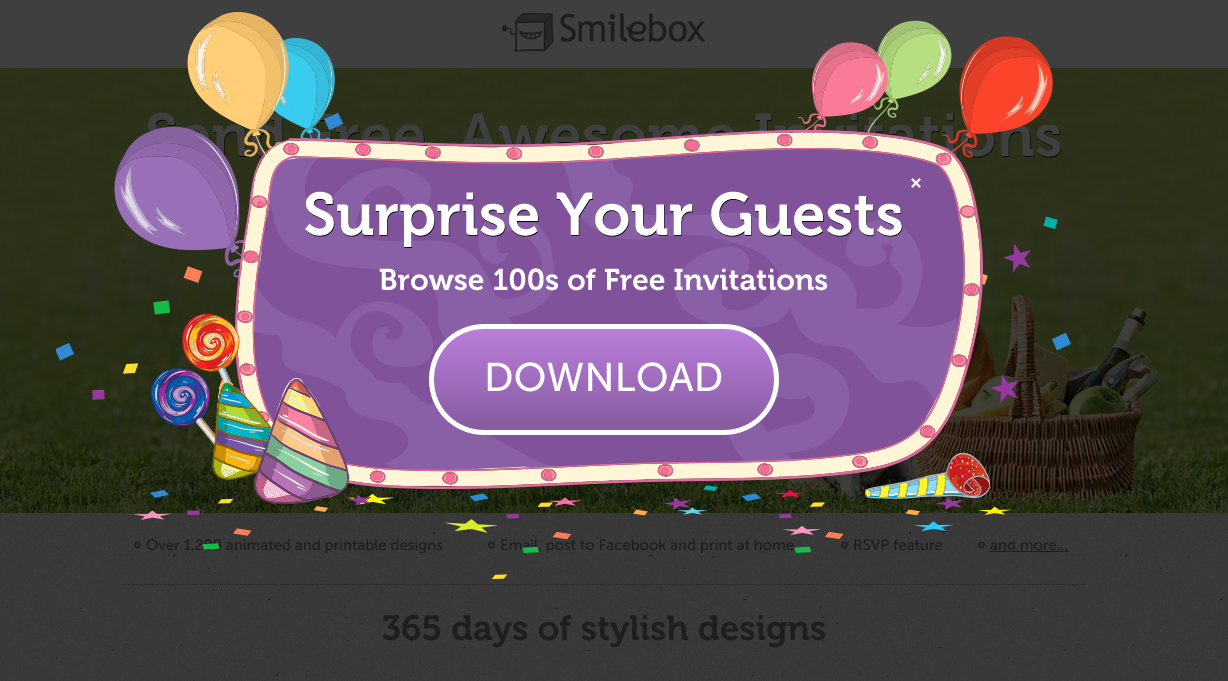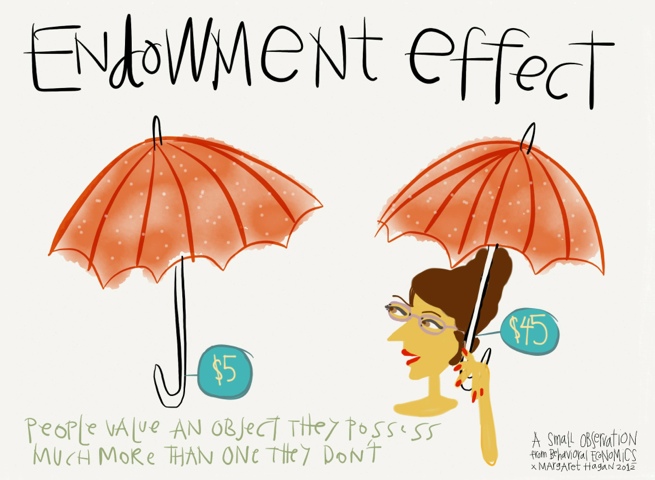 Our decisions in life are irrational. Bold statement to make, and hard on most people to accept, but it’s true.
Our decisions in life are irrational. Bold statement to make, and hard on most people to accept, but it’s true.
Half the time we have no idea what we want, and when we do it’s mostly to do with our surrounding environment and different cognitive biases. If you’ve been following the blog you’ll know we write many posts about irrational behavior and its effect on conversion optimization. In an earlier post I wrote about the effect neromarketing has on conversion optimization and this time I want to focus on one of the greatest “hacks” since the dawn of marketing – The endowment effect. These days social behavior scientist understand the psychological impact ownership has on us as humans and its tremendous affect on our decision making.
As marketers, understanding the endowment effect can lead to higher increase in customer success and revenues.
The endowment effect is a state of mind in which a consumer’s’ valuation of an object (any object) increases once they’ve taken ownership of it. Several studies have shown that the endowment effect is where “Loss Aversion” – (the suffering from losing being stronger than the happiness of gains) begins.
What is the endowment effect?
Simply put, once we own something, we get used to owning it and we’ve adjusted to that ownership. Now we don’t want to give it up and we can only think about gaining or losing according to our ownership.
A famous experiment on the subject was conducted by professor Dan Ariely (my source of inspiration) exploring the endowment effect with mugs and chocolate bars. Splitting a group into half, they randomly gave 50% of the participants mugs, and 50% of the participants chocolate bars. The distribution was completely random and had no connection to the participants.
Once items were assigned to participants, the participants were asked how much they would be willing to sell their item for, and how much they would be willing to pay for the other item. The results were very interesting, both owners of mugs and owners of chocolate priced their item very expensively as they appreciated it much more than the other item, this resulted in the fact that almost no one agreed to switch their product. The principle of this experiment was that once people had taken ownership over their random mugs or candy, they were sure that their item was worth much more and were not willing to exchange it for a “normal” price.
Using the endowment effect to increase conversion
The moment you have ownership on any product you start evaluating it from that perspective, and thinking differently about what you’re going to lose and what you’re going to gain.
Our irrational behavior (in this case, the endowment effect) can easily be used to better understand our potential customers and increase conversion.
A few examples for using irrational behavior to increase conversion:
-
Now you have it, now you don’t – The power of trial accounts. The idea that stands behind trial accounts is simple, first you have a product, you use it for a while and then you have to pay for it or you will lose it. Trial accounts are the precise example for the endowment effect. What to do?
-
Allow your potential customers to use your product for 30 days (for example)
-
During this time, send emails to these potential customers explaining the value of your product, giving tips and tutorials on how to use it to increase a sense of ownership. Don’t forget to remind them they only have x amount of days to enjoy it.
-
Towards the end of the trial period start offering special ‘one time’ offers to users in order to convert them into paying customers. (Check out: how to increase your click-through rate on your email campaigns)

-
Warning, you are about to lose it – 90% (or more) of our decisions in life our irrational, which means that our behavior is mostly irrational and navigated by our subconscious. The art of exit pop ups or exit intent popups has been on the rise in the past year and is a simple way to catch your user’s eye before they leave your site/landing page. The exit popup usually includes text like in the popup example here. This is a popup we designed for our client which warns users that their work is about to be deleted and they will use all their information. – A quick way to trigger the endowment effect and keep users on the site. What to do?
-
Design an exit pop which is triggered by movement of mouse, this means that once the user moves their mouse outside of the site a pop up is triggered. While creating your exit popup remember that it’s really important to create a logical pattern that triggers the popup at the right time, poor execution of pop ups can lead to lower conversion rates and poor user experience,.
-
Think about the copy of this pop and what you want people to feel from it. you want to warn them or explain the results of leaving your site and enhance the feeling of loss of ownership.

-
User Experience – Creating the connection – Creating the sense of ownership of your product is a science well performed by social media platforms. The most common ownership online today is our social profiles in which we have invested time and thought into creating the perfect avatar, posts, comments and more. We “own” our facebook profiles for example, and if someone told us to give up this online commodity we would feel a sense of “giving up” and letting go of something which is ours. infact it would be the endowment effect affecting our judgment. Personalization is the name of the game, the more accurate you are, the stronger bond you create between your product and customer, and the higher your conversion rate will be. What to do?
-
The user experience a customer goes through is extremely important. the more personal you are & the more the journey becomes an experience, the more the user develops a sense of ownership and relationship to the product.
-
Emailing is a wonderful way to create a personal connection (if done right), referring to people as YOU and I, builds a sense of relationship with the product.

Using the the endowment effect in your conversion optimization efforts can increases both psychological ownership of the product and positive reaction toward the product (relating to the product even more). Ownership is about creating a connection between your customer and your product, if you succeed in doing this, you’re on the highway to higher conversions.
So, are you irrationally attached to your stuff (maybe even meaningless/useless stuff)? 
The irrational behavior that Increases conversion Instantly 4.40/5 (88.00%) 5 votes
Related Posts


The irrational behavior that Increases conversion Instantly
Half the time we have no idea what we want, and when we do it’s mostly to do with our surrounding environment and different cognitive biases. If you’ve been following the blog you’ll know we write many posts about irrational behavior and its effect on conversion optimization. In an earlier post I wrote about the effect neromarketing has on conversion optimization and this time I want to focus on one of the greatest “hacks” since the dawn of marketing – The endowment effect. These days social behavior scientist understand the psychological impact ownership has on us as humans and its tremendous affect on our decision making.
As marketers, understanding the endowment effect can lead to higher increase in customer success and revenues.
The endowment effect is a state of mind in which a consumer’s’ valuation of an object (any object) increases once they’ve taken ownership of it. Several studies have shown that the endowment effect is where “Loss Aversion” – (the suffering from losing being stronger than the happiness of gains) begins.
What is the endowment effect?
Simply put, once we own something, we get used to owning it and we’ve adjusted to that ownership. Now we don’t want to give it up and we can only think about gaining or losing according to our ownership.
A famous experiment on the subject was conducted by professor Dan Ariely (my source of inspiration) exploring the endowment effect with mugs and chocolate bars. Splitting a group into half, they randomly gave 50% of the participants mugs, and 50% of the participants chocolate bars. The distribution was completely random and had no connection to the participants.
Once items were assigned to participants, the participants were asked how much they would be willing to sell their item for, and how much they would be willing to pay for the other item. The results were very interesting, both owners of mugs and owners of chocolate priced their item very expensively as they appreciated it much more than the other item, this resulted in the fact that almost no one agreed to switch their product. The principle of this experiment was that once people had taken ownership over their random mugs or candy, they were sure that their item was worth much more and were not willing to exchange it for a “normal” price.
Using the endowment effect to increase conversion
The moment you have ownership on any product you start evaluating it from that perspective, and thinking differently about what you’re going to lose and what you’re going to gain.
Our irrational behavior (in this case, the endowment effect) can easily be used to better understand our potential customers and increase conversion.
A few examples for using irrational behavior to increase conversion:
Now you have it, now you don’t – The power of trial accounts. The idea that stands behind trial accounts is simple, first you have a product, you use it for a while and then you have to pay for it or you will lose it. Trial accounts are the precise example for the endowment effect. What to do?
Allow your potential customers to use your product for 30 days (for example)
During this time, send emails to these potential customers explaining the value of your product, giving tips and tutorials on how to use it to increase a sense of ownership. Don’t forget to remind them they only have x amount of days to enjoy it.
Towards the end of the trial period start offering special ‘one time’ offers to users in order to convert them into paying customers. (Check out: how to increase your click-through rate on your email campaigns)
Warning, you are about to lose it – 90% (or more) of our decisions in life our irrational, which means that our behavior is mostly irrational and navigated by our subconscious. The art of exit pop ups or exit intent popups has been on the rise in the past year and is a simple way to catch your user’s eye before they leave your site/landing page. The exit popup usually includes text like in the popup example here. This is a popup we designed for our client which warns users that their work is about to be deleted and they will use all their information. – A quick way to trigger the endowment effect and keep users on the site. What to do?
Design an exit pop which is triggered by movement of mouse, this means that once the user moves their mouse outside of the site a pop up is triggered. While creating your exit popup remember that it’s really important to create a logical pattern that triggers the popup at the right time, poor execution of pop ups can lead to lower conversion rates and poor user experience,.
Think about the copy of this pop and what you want people to feel from it. you want to warn them or explain the results of leaving your site and enhance the feeling of loss of ownership.
User Experience – Creating the connection – Creating the sense of ownership of your product is a science well performed by social media platforms. The most common ownership online today is our social profiles in which we have invested time and thought into creating the perfect avatar, posts, comments and more. We “own” our facebook profiles for example, and if someone told us to give up this online commodity we would feel a sense of “giving up” and letting go of something which is ours. infact it would be the endowment effect affecting our judgment. Personalization is the name of the game, the more accurate you are, the stronger bond you create between your product and customer, and the higher your conversion rate will be. What to do?
The user experience a customer goes through is extremely important. the more personal you are & the more the journey becomes an experience, the more the user develops a sense of ownership and relationship to the product.
Emailing is a wonderful way to create a personal connection (if done right), referring to people as YOU and I, builds a sense of relationship with the product.
Using the the endowment effect in your conversion optimization efforts can increases both psychological ownership of the product and positive reaction toward the product (relating to the product even more). Ownership is about creating a connection between your customer and your product, if you succeed in doing this, you’re on the highway to higher conversions.
So, are you irrationally attached to your stuff (maybe even meaningless/useless stuff)?
[Illustration 1 by Claudio Munoz from The Economist]
[Illustration 2 by Margaret Hagan]
Related Posts
Tags: